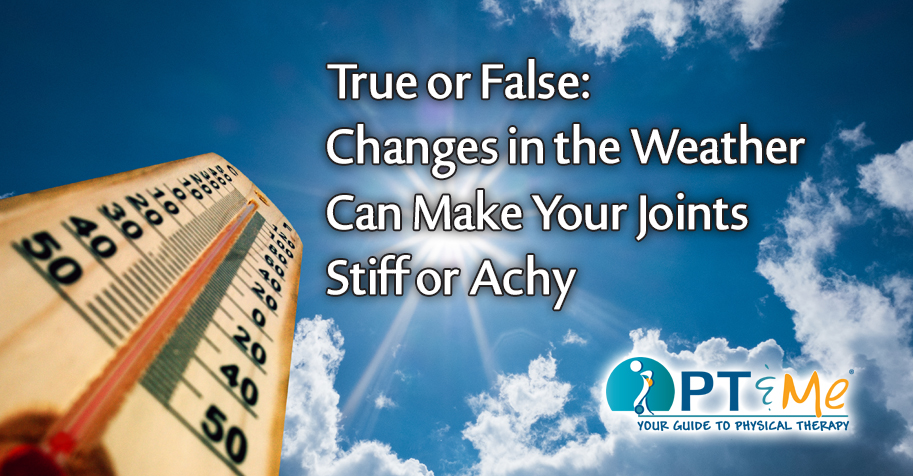
Snow Shoveling: A common cause of soft tissue injuries & low back pain
An average of 11,500 people are treated at emergency rooms for injuries and medical emergencies related to snow shoveling each year, according to a report released Jan. 17 by the Center for Injury Research and Policy at Nationwide Children’s Hospital. Data from between 1990 and 2006 shows the majority of the injuries were soft-tissue injuries, with the lower back being affected 34 percent of the time. Acute musculoskeletal exertion was the cause of injury in 54 percent of the cases, followed by slips and falls (20 percent) and being struck by a snow shovel (15 percent). Study authors recommended individuals talk to their doctor before shoveling snow, particularly those who do not exercise regularly, have a medical condition or are in a high-risk group. They also recommended alternative snow removal methods.
Clearing snow & Ice
Clearing snow and ice from driveways and sidewalks is hard work. To prevent injuries, follow these safety tips from the National Safety Council, the American Academy of Orthopaedic Surgeons, and other prevention organizations.
- Dress warmly, paying special attention to feet, hands, nose,
and ears. - Avoid shoveling snow if you are out of shape. If you have a history of heart trouble, do not shovel snow unless your doctor says it’s okay.
- Do light warm-up exercises before shoveling and take
frequent breaks. - If possible, push snow in front of you. If you have to lift it, pick up small amounts and lift with your legs, not your back. Do not toss snow over your shoulder or to the side.
Use ergonomic lifting technique
Whenever possible, push the snow to one side rather than lifting it. When lifting the snow shovel is necessary, make sure to use ergonomic lifting techniques.
- Always face towards the object you intend to lift (ie have your shoulders and hips both squarely facing it)
- Bend at the hips, not the low back, and push the chest out, pointing forward. Then, bend your knees and lift with your leg muscles, keeping your back straight
- Keep your loads light and do not lift an object that is too heavy
for you - If you must lift a shovel full, grip the shovel with one hand as close to the blade as comfortably possible and the other hand on the handle (handle and arm length will vary the technique)
- Avoid twisting the back to move your object to its new location – always pivot your whole body to face the new direction
- Keep the heaviest part of the object close to your body at your center of gravity – do not extend your arms to throw the snow
- Walk to the new location to deposit the item rather than reaching or tossing
Video provided by the Center for Physical Rehabilitation with locations throughout Grand Rapids, MI. Check them out online here.

SENIORS NOTE:
Whenever possible, avoid shoveling snow first thing in the morning. If this is not an option, a proper indoor warm-up will prepare the body for additional activity. Jogging in place, or using a treadmill or stationary bike for 5-10 minutes are options for safely raising the heart rate while in a neutral temperature. As with any exercise, drinking lots of fluids will help maintain electrolyte balance and prevent fluid loss.
For more cold weather safety tips to keep you out of harm’s way this winter check the articles below!
Need help from a physical therapist?
We work with expert teams around the country to make sure you have access to the best care possible.















